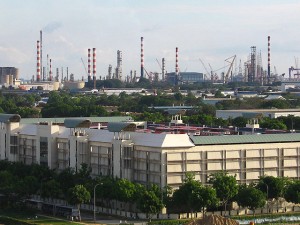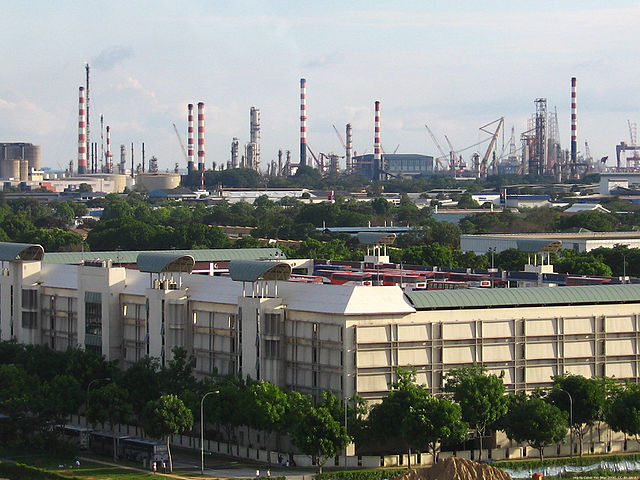 Singapore’s economy grew 1.8% year-on-year in the fourth quarter of 2015, with the whole-year gross domestic product (GDP) growth moderating to 2% last year, the Ministry of Trade and Industry (MTI) said in an official release on February 24.
Singapore’s economy grew 1.8% year-on-year in the fourth quarter of 2015, with the whole-year gross domestic product (GDP) growth moderating to 2% last year, the Ministry of Trade and Industry (MTI) said in an official release on February 24.
For 2016, MTI has maintained the GDP growth forecast at 1% to 3%.
Growth in the fourth quarter last year was unchanged from the third quarter. On a quarter-on-quarter seasonally adjusted annualized basis, the economy expanded by 6.2% in the last quarter of 2015, extending the 2.3% growth in the previous quarter.
The manufacturing sector, which contributes to about one-fifth of the total GDP, contracted by 6.7% in the fourth quarter year-on-year, extending the 6% decline in the preceding quarter.
The contraction was primarily due to a decline in the output of the transport engineering and electronics clusters. On a quarter-on-quarter seasonally adjusted annualized basis, the sector contracted by 4.9%, following a 6% decline in the previous quarter.
The construction sector grew 4.9% year-on-year, faster than a 3% growth in the previous quarter, supported by public sector construction activities. On a quarter-on-quarter seasonally adjusted annualized basis, growth in the sector accelerated to 6%, from 0.2% in the preceding quarter.
For the whole year of 2015, the Singapore economy expanded by 2%, slower than the 3.3% in 2014 and said to be the weakest annual growth since 2009 when the economy was hit by the global financial crisis.
Growth was mainly supported by the wholesale and retail trade and finance and insurance sectors, as manufacturing encountered a sharp slump, according to MTI.
The manufacturing sector contracted by 5.2%, a reversal from the 2.7% growth in 2014. All of the manufacturing clusters, except for the chemicals cluster, saw a decline in output. Growth in the construction sector moderated to 2.5%, primarily due to a lower volume of private industrial and residential building activities.
The services producing industries rose 3.4% in 2015, easing slightly from a 3.6% growth in 2014, supported mainly by the wholesale & retail trade and finance & insurance sectors, which expanded by 6.1% and 5.3%, respectively.
Looking ahead, MTI said the global economic outlook has softened since the start of the year, alongside a sharp fall in oil prices and volatility in global financial markets.
“Global growth for the whole of 2016 is now expected to be only marginally better than in 2015. Growth for the year is expected to be supported by strengthening growth in the advanced economies, even as conditions in the emerging markets remain challenging,” it added.
Alongside the softening of the global economic outlook, downside risks have also increased. In China, there is a risk that the economy could slow down more than expected if ongoing reforms lead to a significant drop in demand. Moreover, with sustained low commodity prices and the beginning of the normalization of U.S. monetary conditions, regional countries could face sudden and large capital outflows, resulting in added pressures on their currencies and asset markets.
In the domestic environment, while sectors such as finance & insurance and wholesale trade are likely to provide support to growth, the outlook for the manufacturing sector remains weak, stated MTI.
Furthermore, the prospects for the construction sector have weakened in 2016 on the back of the drop in contracts awarded in 2015 and continued sluggishness in private sector construction demand. Finally, labor constraints will continue to weigh on the growth of labor-intensive services sectors such as food services.
“Taking into account the above factors, and barring the full materialization of downside risks, the Singapore economy is expected to grow at a modest pace of ‘1.0 to 3.0 per cent’ in 2016,” said MTI.
Photo: Calvin Teo





